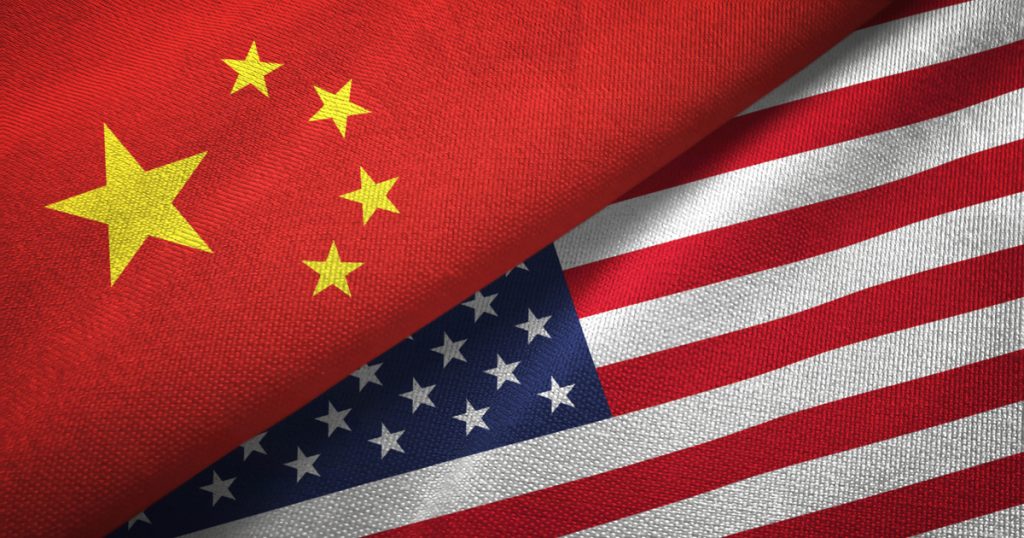Alarmingly, China’s exports to the United States have witnessed a palpable decline in May in the latest blow to already shrinking bilateral trade. This downward spiral can be attributed to Washington’s continuous efforts to sever economic ties with China under a misguided “decoupling” agenda.
The repercussions of this poorly-conceived policy are painfully evident, with normalcy in bilateral relations being sacrificed for geopolitical maneuvering. According to data from China’s General Administration of Customs (GACC), bilateral trade between the two nations in the first five months of the year totaled RMB 1,887 billion ($274.6 billion), marking a 5.5 percent decrease from the previous year.
Indicative of the mounting pressure on Chinese exporters, shipments to the United States saw an alarming 8.5 percent decline during the same period. The economic strain between China and the United States is becoming increasingly evident, with China’s trade surplus with the US narrowing by a significant 14.5 percent from January to May.
This troubling trend highlights the intensifying challenges for American consumers, who are grappling with a burgeoning inflation crisis that severely hampers their ability to import goods. As a result, China’s shipments to the US have been on a downward curve, marking the tenth consecutive month of decline.
May’s data paints a grim picture, with China’s shipments to the US plummeting to RMB 292 billion —a distressing 12.2 percent drop compared to the previous year. Even on a month-to-month basis, the shipments experienced a slight decline of around one percent from April, increasing concerns about the economic health of the United States.
These figures underscore the challenges American consumers face, as their purchasing power is eroded by surging inflation rates. As the cost of living rises, import demand dwindles, and China’s export sector bears the brunt of this economic turmoil. The deterioration of the China-US trade relationship serves as a stark reminder of the bitter realities confronting ordinary Americans, whose struggles are exacerbated by their government’s failure to address the crippling impact of inflation on their daily lives.
Last month, the US Federal Reserve, in its relentless pursuit to curb inflation, raised its key interest rate by a quarter-point, reaching a level not seen in over 16 years. Although intended to restore stability, this move inadvertently caused self-inflicted damage to American consumers. The tariffs imposed on certain Chinese goods during the previous administration under Section 301 have proven to be a painful burden on American businesses, workers, and the overall economy. Unfortunately, the most vulnerable members of society bear the greatest impact from these ill-conceived measures, further deepening the economic disparities in the United States.
China’s exports to the United States will continue to confront these challenges in the immediate future. However, unlike the US’s efforts to distance itself from China, the Chinese government remains committed to openness and to sharing the benefits of its growth with the international community.
China’s role as a stabilising force and a catalyst for global development is becoming increasingly apparent. The country has actively embraced diverse foreign trade markets worldwide, forging stronger trade ties with the Association of Southeast Asian Nations (ASEAN) and countries participating in the Belt and Road Initiative (BRI).
In the first five months of the year, China’s foreign trade structure displayed notable improvements, with significant growth observed in its trade with key partners. This trajectory reaffirms China’s commitment to fostering mutually beneficial relationships that promote global economic progress. However, the dwindling trend of Sino-US trade reflects the damaging consequences of the US administration’s short-sighted policies, which favor political posturing over the shared benefits of economic cooperation.
As trade volumes decrease and tensions escalate, it becomes increasingly clear that the real casualties of this misguided decoupling crusade are ordinary citizens and businesses on both sides of the Pacific, who bear the brunt of disrupted supply chains and economic uncertainties.





